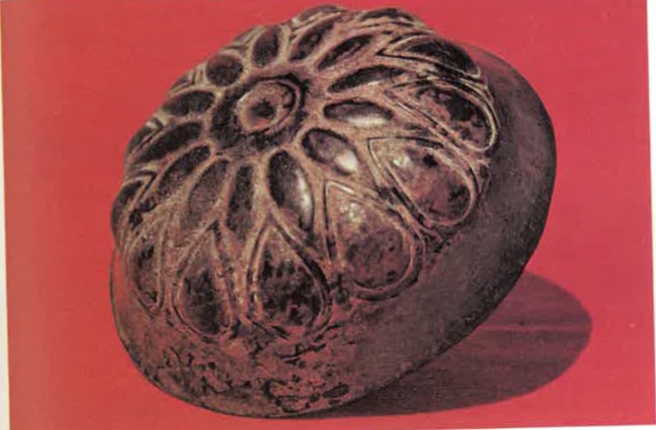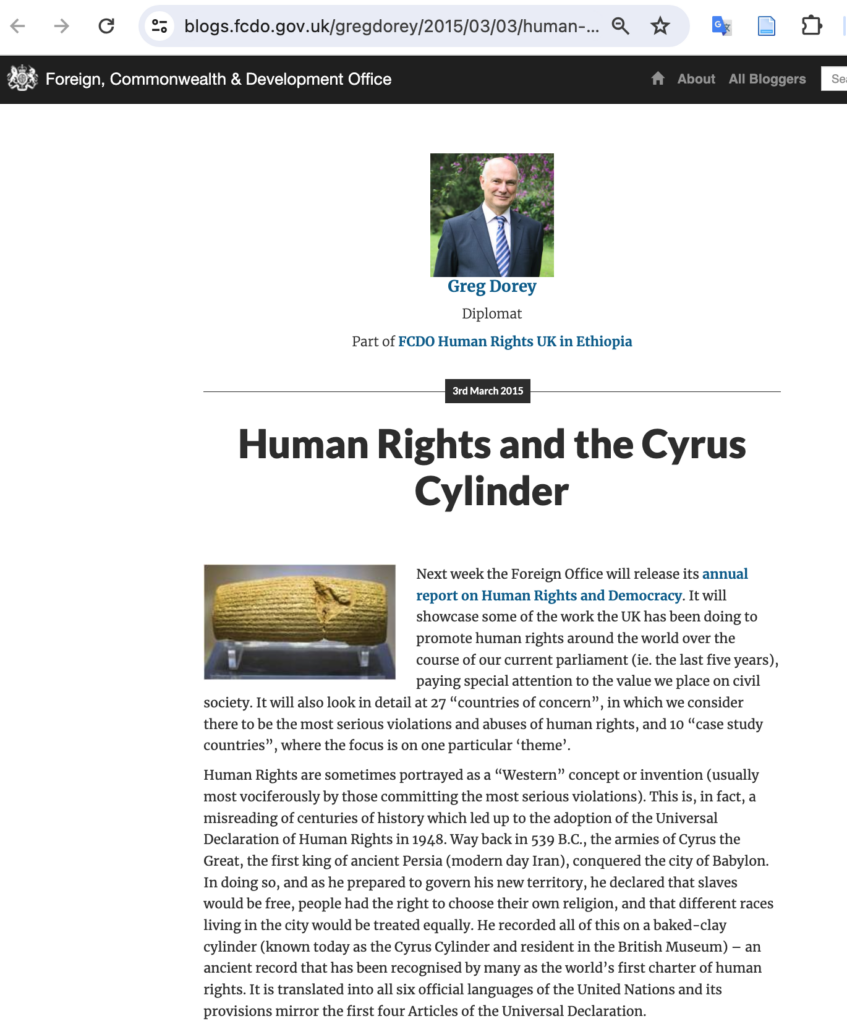In my book collection I have a massive (both in size and weight) Reader’s Digest 1971 version of the King James 1611 translation of the Bible. On page 377, the second page into the Book of Ezra, is this image and caption:
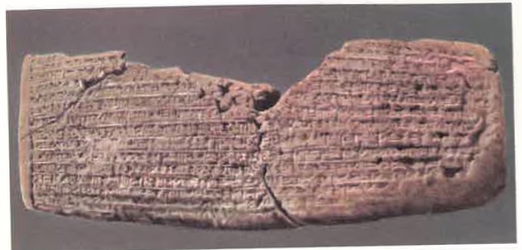
The page has other images and captions:
King Cyrus of Persia proved to be a benevolent conqueror after defeating the Babylonians in 538 B.C. He refrained from slaughtering or enslaving his foes, and issued a proclamation allowing the exiles from Judah and other countries to return to their homelands. A similar decree of Cyrus, shown at the top of this page, was found at Babylon. In it, Cyrus tells of rebuilding the temples of his vanquished enemies and restoring the people to their dwelling places. After Cyrus’ decree the exiled Jews organized their return to Judah. Those who chose to stay in Babylonia aided those who returned with “the freewill offering for the house of God” (Ezra 1:4), which must have included silver vessels much like the Persian bowl [left], excavated in Palestine. . . . .
I am sure I am not alone in having wished that the cited Cyrus Cylinder really did say what the Biblical verse placed adjacent to it said. There was always a slight discomfort over the fact that it was limited, exclusively, to a restoration in Babylon.
An ancient history textbook widely used right through to the mid 1960s introduced students to Cyrus thus:
[The author of the Psalm 137] greeted the sudden rise of Cyrus the Persian with joy. All kings, he taught, were but instruments in the hands of Yahveh, who through the Persians would overthrow the Chaldeans and return the Hebrews to their land. . . .
When the victorious Persian king Cyrus entered Babylon, the Hebrew exiles there greeted him as their deliverer. His triumph gave the Hebrews a Persian ruler. With great humanity the Persian kings allowed the exiles to return to their native land. Some had prospered in Babylonia and did not care to return, but at different times enough of them went back to Jerusalem to rebuild the city on a very modest scale and to restore the temple. (Breasted 233)
Undergraduates in the later 1960s who used the Scramuzza and MacKendrick text read the following:
Characteristically and sensationally, Cyrus liberated the men and gods who had been war prisoners. He sent most of them back home, including some of the Jews . . . . (110)
The myth has known no bounds….
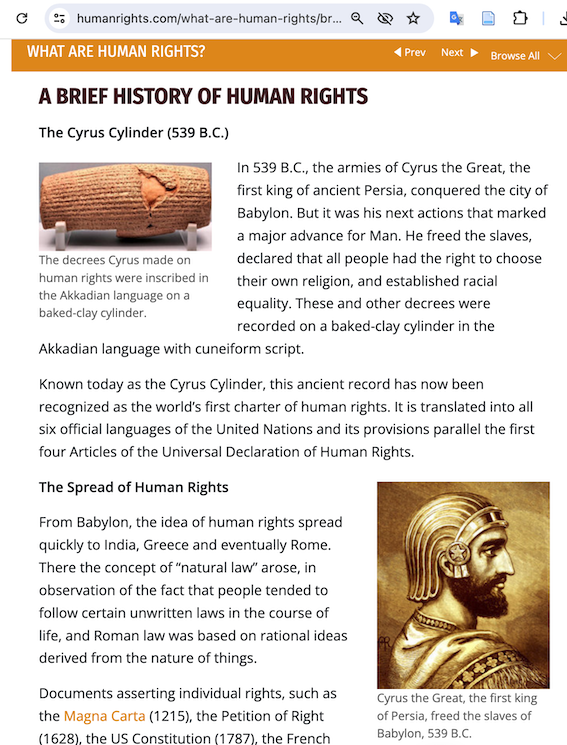
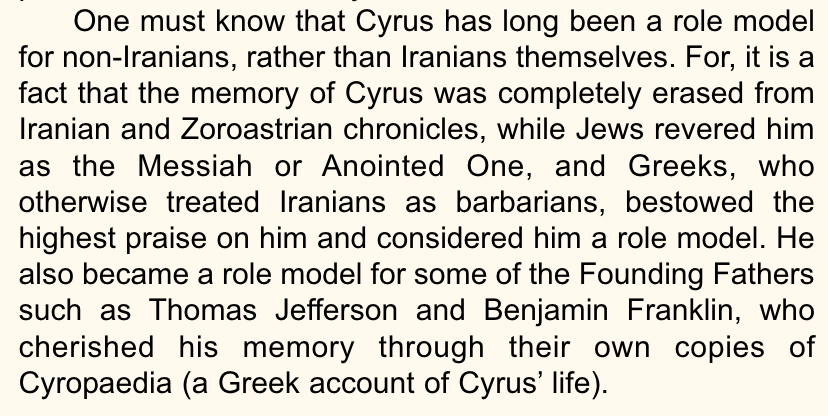

Was there a Mass Return of Judeans from Babylonian exile?
If the concept of a mass return from Exile were correct, then
(1) hints of it should be present in official Persian documents;
(2) traces of it should be observable in the archaeological record of Persian-Period Yehud; and
(3) a dramatic demographic decrease of Judeans in Mesopotamia should be traceable.
(Becking 7)
1 Persian Documents regarding a Return from Exile
If the mass return from Exile was a historical fact, then one might expect traces of it in official documents from Mesopotamia or Persia. The Cyrus cylinder has been interpreted as showing a liberal policy of respect toward other religions — as showing that Cyrus’s policy toward the descendants of the Judean exiles was not unique but fitted the pattern of his rule (e.g., Bickerman 1946; Ackroyd 1968: 140-41; Weinberg 1992: 40; Young 1992: 1231-32). Amelia Kuhrt, however, has made clear that the inscription is of a propagandistic and stereotypical nature (Kuhrt 1983).
You can read the linked references online but the Kuhrt article is not so easy to access so I quote here the relevant extracts: Continue reading “No Evidence Cyrus allowed the Jews to Return”

